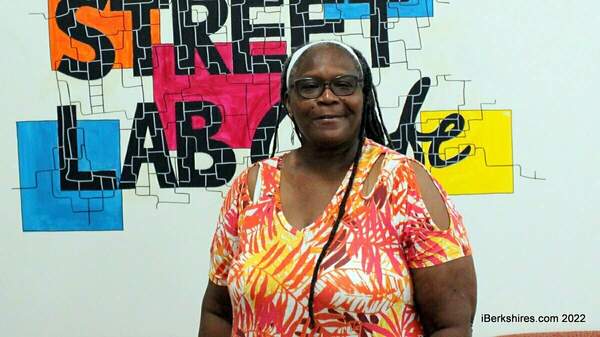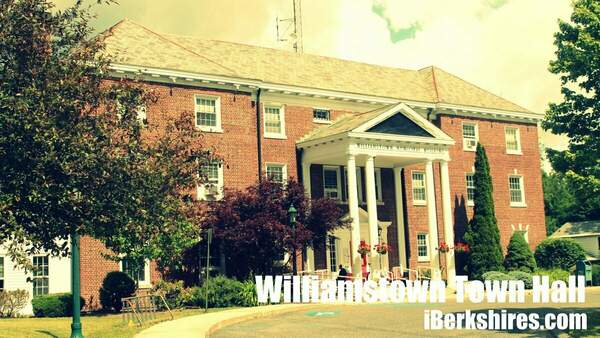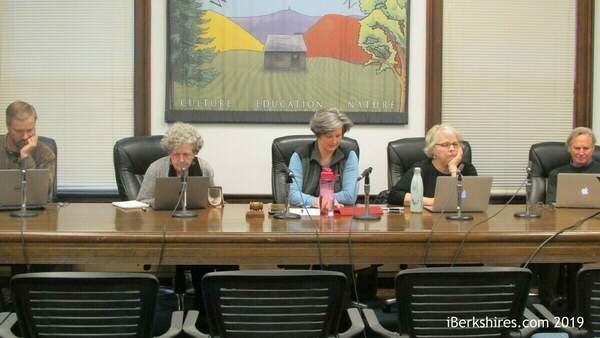Letters: Reconsider Trading Farmland for Housing
 |
To the Editor:
I am writing to urge the residents of Williamstown to set aside consideration of the Lowry property as the site of a government-funded housing project at this time. This is an important matter with long-range consequences and perhaps unintended consequences that requires a lot more discussion and study. I have worked in the real estate development field in Berkshire County for over 30 years and have been an abutter to the Lowry property for over 25 years. I have the following points to offer in support of this position.
1. We should not destroy one community asset — open space and agricultural land — in favor of creating another community asset — housing. It is simply not necessary given the demographic trends in our area and the other options available.
2. Developing open space instead of available sites in the center of town is not supported by our Williamstown master planning document nor is it supported by current state and federal land use policies.
3. The town has indicated it would use only 10.5 acres of the Lowry land but the proposed project cuts the 30-acre parcel in half, eliminating access to the remaining acreage, making it much less desirable for open space and agricultural use. As a practical matter, all 30 acres of the Lowry land will be lost to the proposed project.
4. The loss of the Lowry property for hay production directly interferes with continued hay production of two abutting properties. I contribute 10 acres and the Clover Hill Farm contributes another 10 acres that have been combined with the Lowry land for many years to create a critical mass of acreage for successful agricultural use.
5. The cost of developing the roads to access the proposed project area and installing the necessary utilities including electricity, telephone, gas, water, sewer, and drainage before any housing unit is built is 2 to 4 times the cost of other town owned or private sites in town. This will effectively reduce the number of affordable housing units that can be built and represents a highly inefficient use of scarce public funds. Related to the high infrastructure cost is the undisclosed potential maintenance costs to the town and project residents.
6. A viable pedestrian connection to the town center would require the installation of sidewalks along the new access road and Stratton Road. Competent land planners and those that want to replicate this aspect of the Spruces, which has good access to town via sidewalks, would likely recommend this type of access along Stratton Road. However, this would require taking a long strip of private property along Stratton Road as well as adding to the already exorbitant infrastructure cost.
7. It is unclear how many Spruces residents will be interested or able to occupy the proposed project. I understand it would be government owned or controlled rental housing. The Spruces tenants rent their pad sites but own their trailers and have no requirement to provide personal income and asset information to the park managers as they will be required to do at this proposed housing project.
8. If a private developer proposed this plan I am confident that it would be not be received well. From an engineering standpoint in town sites are frequently more challenging than building in open space, but neighborhood opposition is rare and government support is strong. Redeveloping our downtown is a win-win scenario because open space is preserved and downtown spaces are returned to productive use. I would classify developing Lowry as a lose-lose proposition. It represents a loss of open space and loss of an opportunity to redevelop a number of important downtown sites.
9. I am also interested in determining why a smaller Spruces type development is not being considered for the existing Spruces site. It seems to me that if the grade along Route 2 is raised several feet and the existing developed area toward the river is lowered several feet it would simultaneously create suitable land for development and a water retention area for runoff in the back area. It would also make it easier to correct identified problems with stream runoff. The land along the river could still be a linear park for recreation. The same entrance could be used.
10. The business profile and population demographic has changed rapidly in Berkshire County over the past 50 years. The population has dropped over 20 percent and most projections indicate it will continue to drift lower. One of the important economic activities that is helping to stabilize our economy and promote growth has been tourism relating to our cultural institutions and supported by the natural beauty of our open spaces and historic value of our downtown areas. If you agree with this observation, we should be strengthening our efforts to preserve open space and increasing redevelopment within our downtown.
David G. Carver
Williamstown
April 19, 2013
Tags: affordable housing, conserved land, farmland, letters to the editor, lowry property, Spruces,















